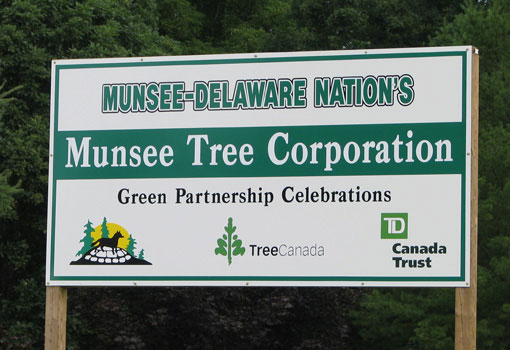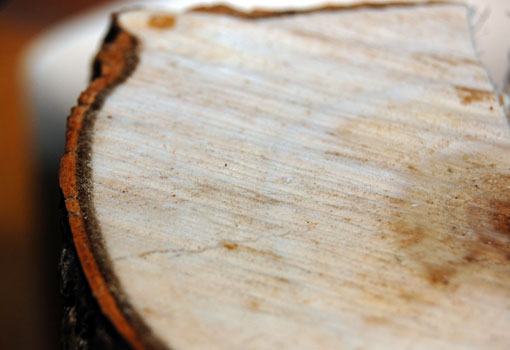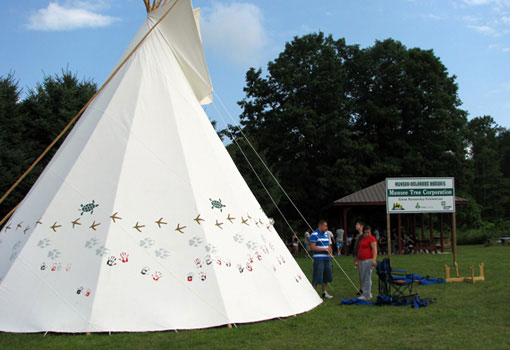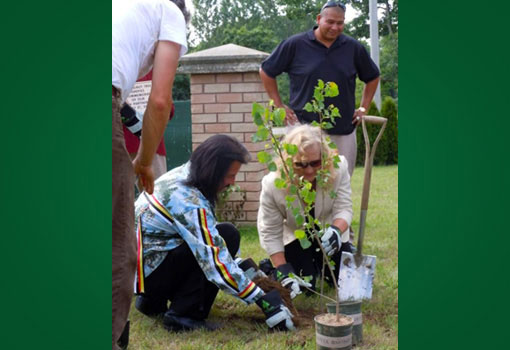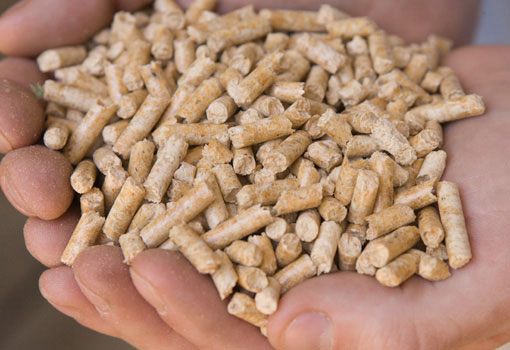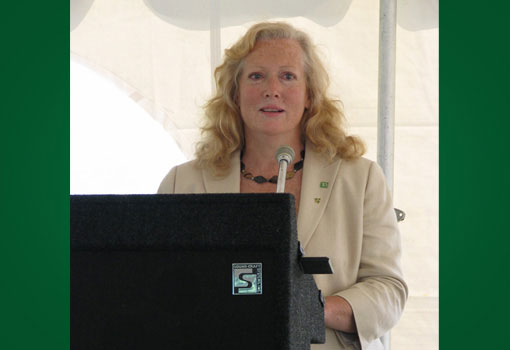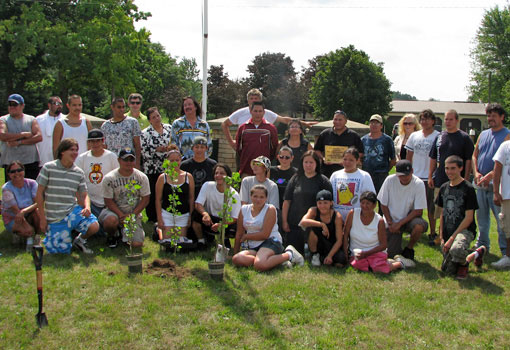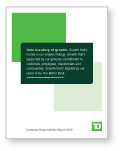In Pictures
![]()
![]()
-
TD Tree Days
-
Children's Literacy
-
Diversity
TD champions diversity in the workplace, for our customers and in our communities.
-
Employees
Our employees are at the heart of making TD the Better Bank.
![]()
-
Financial Literacy
-
Environmental Leadership
-
Environment
Marking the birth of an innovative new forest – the first in Ontario, Canada.
-
Customers
![]()


